AEB Pedestrian
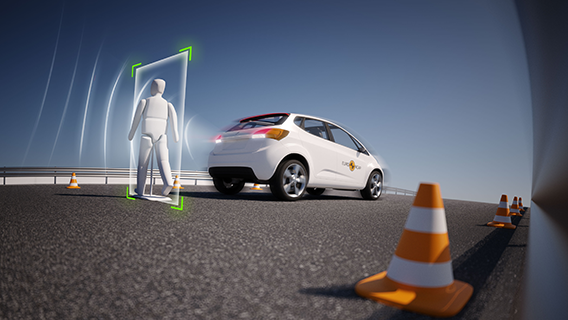
Speed is a critical factor in determining injury outcome when a vulnerable road user is hit by a car. Many vehicle manufacturers now offer autonomous emergency braking systems which can bring the car to a safe halt before a vulnerable road user – typically a pedestrian or a cyclist – is struck, or at least reduce the speed of the collision.
SOME TESTS ARE DONE IN DAYLIGHT AND AT NIGHT TO ENSURE VULNERABLE ROAD USERS ARE PROTECTED AT ALL TIMES.
For pedestrian detection, Euro NCAP tests three accident scenarios in which the pedestrian crosses directly in front of the path of the test vehicle, one in which the pedestrian is walking in the same direction as the vehicle, one in which the pedestrian is crossing a road into which the test car is turning and one where a pedestrian is behind the reversing car. All these scenarios represent situations which could result in fatal injuries to the pedestrian if the car did not intervene to prevent or mitigate the collision. The crossing scenarios are an adult running from the driver’s side of the vehicle; an adult walking from the passenger’s side (two tests are performed for this scenario); and a child running from between parked cars on the passenger’s side of the car. In the longitudinal scenario, two tests are done: one with the pedestrian aligned with the centre of vehicle; the other with the pedestrian offset to one side. The longitudinal scenario and one of the crossing scenarios are repeated in low-light conditions, as this is a situation in which many pedestrian accidents occur. Two scenarios are used where the pedestrian is crossing a road into which a car is turning: one where the car is turning into a road to its nearside; the other where the road is to its offside. These two versions of the same scenario present different challenges due to the relative angles and distances between test car and pedestrian. The final scenario is reversing. Many pedestrians, especially children, are injured or killed by vehicles reversing into them. Euro NCAP’s test replicates such a situation for different vehicle and target speeds.
Two scenarios are added in 2020: a pedestrian crossing a road into which a car is turning; and a car reversing into a pedestrian
A specially designed pedestrian target is used which has articulated limbs to replicate the walking motion of a human. Cars that perform well in these tests can be expected to have a significantly reduced risk of pedestrian accidents in real-world driving. In some cases, AEB Pedestrian technology may not be able to completely avoid the collision. For this reason, Euro NCAP only rewards the technology if the pedestrian impact tests show that the car has a forgiving front-end design.
Overview of tests
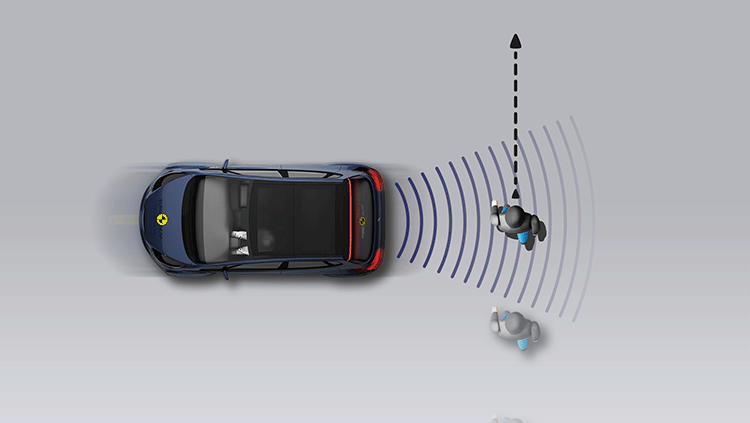
Car reversing into pedestrian
Introduced in 2020. Upgraded in 2023.
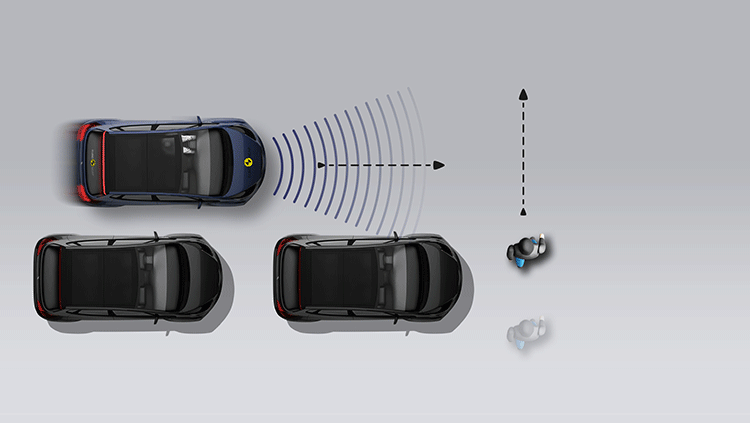
Child running from behind parked vehicles
Introduced in 2020. Upgraded in 2023.
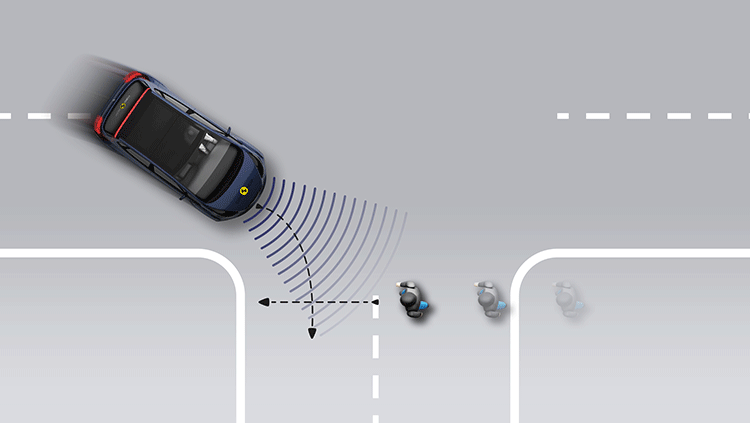
Pedestrian crossing a road into which a car is turning
Introduced in 2020. Upgraded in 2023.
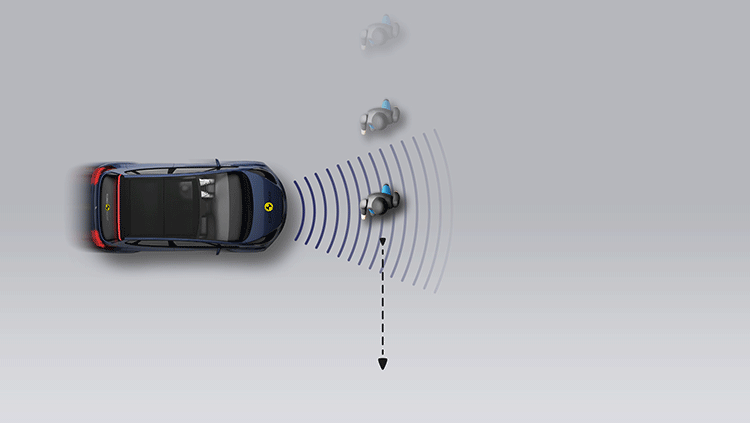
Adult crossing the road
Introduced in 2020. Upgraded in 2023.
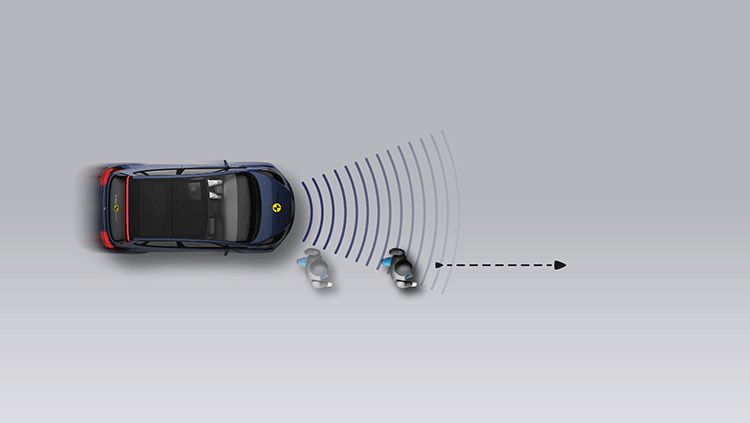
Adult along the roadside
Introduced in 2020. Upgraded in 2023.
 Introduced in 2016. Upgraded in 2023.
Introduced in 2016. Upgraded in 2023.